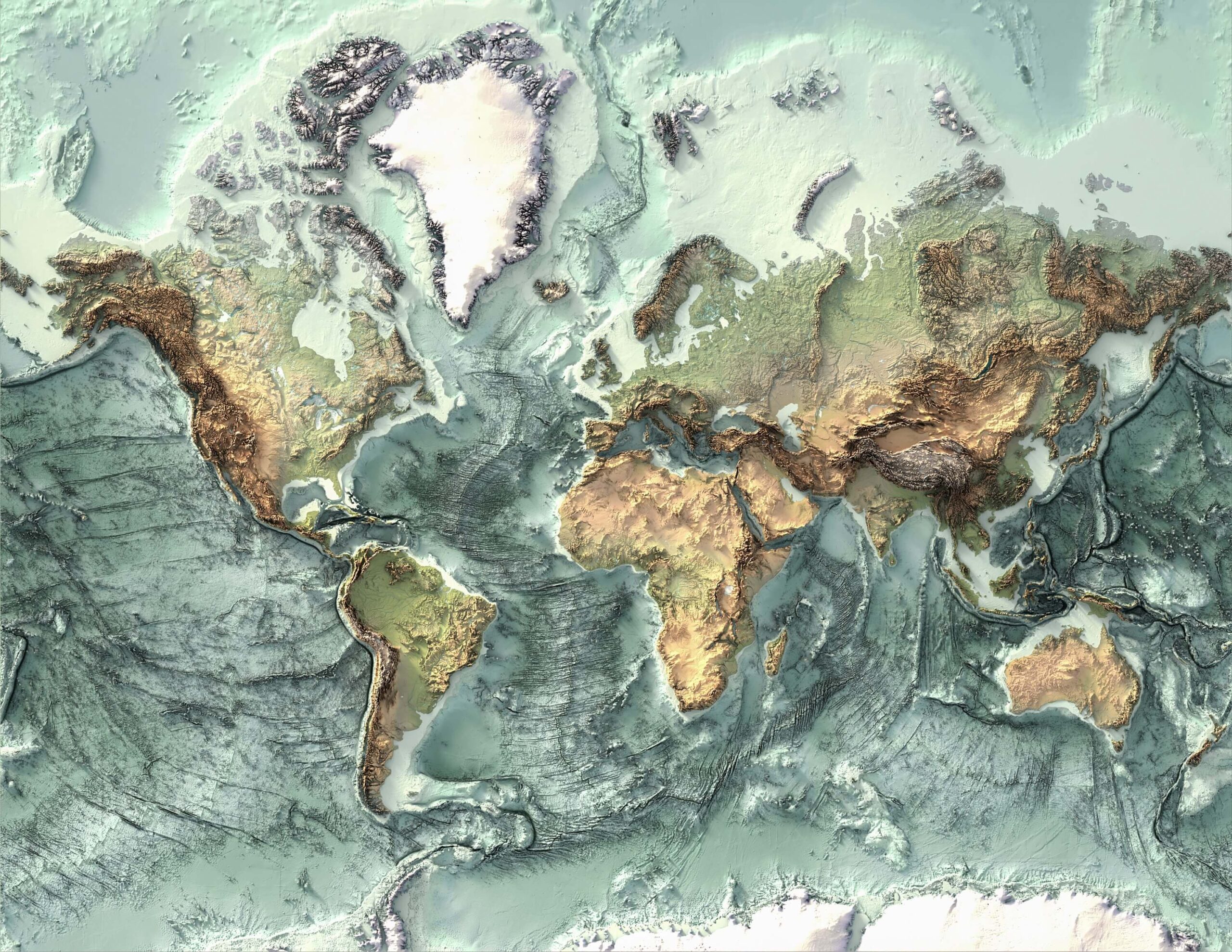The global humanitarian landscape is increasingly dire, characterized by escalating needs driven by conflict, climate change, and economic instability. As of mid-2024, approximately 300 million people worldwide require humanitarian assistance, reflecting a significant increase in crises and the complexity of existing ones.
Key Drivers of Humanitarian Needs
- Conflict: The number of conflicts has surged to levels not seen since World War II, with protracted violence leading to extensive civilian casualties. For instance, the ongoing violence in Gaza and Ukraine has resulted in staggering death tolls among civilians, particularly children. Conflicts in regions like Sudan and the Democratic Republic of the Congo have intensified displacement and suffering.
- Climate Change: Climate-related disasters such as floods, droughts, and cyclones are exacerbating humanitarian needs. Vulnerable communities are increasingly affected, with many facing food insecurity and loss of livelihoods due to environmental shocks.
- Economic Instability: Economic crises, particularly in regions like Venezuela and Yemen, have led to widespread hunger and deprivation of basic rights. Over the past three years, hunger has surged by over 120 million, impacting millions globally.
Funding Challenges
Despite the rising needs, humanitarian funding is critically low. By mid-2024, only $7.9 billion had been received against a requirement of $48.7 billion, marking an 18% decrease compared to the previous year. This funding gap severely limits the ability of humanitarian organizations to respond effectively to crises.
- Donor Concentration: A small number of countries dominate global humanitarian funding. In 2023, over 90% of contributions came from just 20 donors, with the top three (including the European Commission) providing nearly 60% of total funding. This concentration raises concerns about sustainability and equity in humanitarian assistance.
Humanitarian Response Efforts
Despite these challenges, humanitarian organizations continue to deliver aid under increasingly difficult conditions. In early 2024, approximately 39.7 million people received some form of assistance, largely facilitated by local and national actors. However, access to affected populations is often hindered by ongoing conflicts and attacks on aid workers.
Conclusion
The global humanitarian state is at a critical juncture, necessitating urgent action from the international community. Political commitment is essential to address underlying conflicts and climate issues while ensuring that humanitarian appeals are fully funded. The situation demands renewed global solidarity to effectively support those most in need and uphold international humanitarian law amidst growing challenges.

